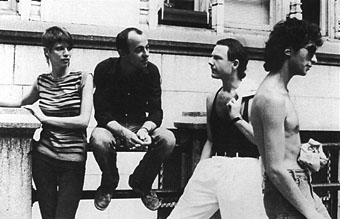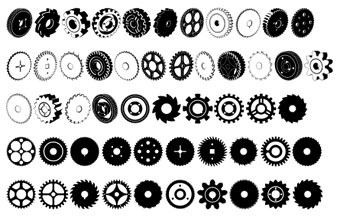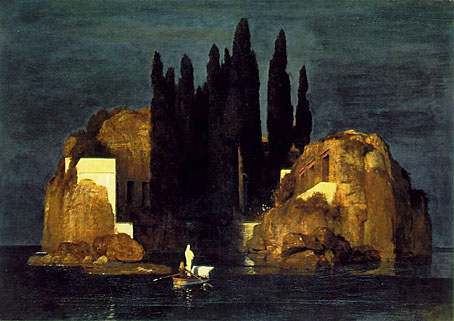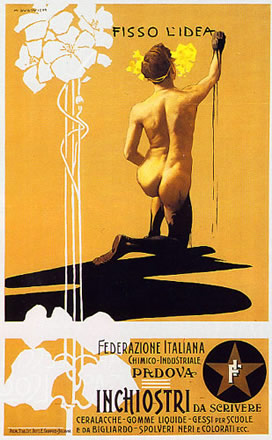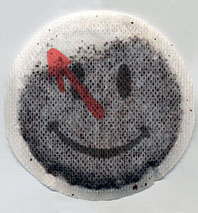
An album released on EG Records (in the UK) in 1981.
Still unavailable in its original form on CD.
The League of Gentlemen began rehearsing on March 19th in a 14th century lodge just outside Wimborne.
The personnel were:
Barry Andrews: organ
Robert Fripp: guitar
Sara Lee: bass guitar
Johnny Toobad: drums.
Our first commitment to work together covered the period March 19th to July 22nd, the second September 8th to September 24th and the third November 10th to December 4th. Johnny Toobad left on November 22nd and Kevin Wilkinson replaced him. On this album KW plays on all but Heptaparaparshinokh and Dislocated. The team played 77 gigs.
Side I
INDISCREET I
INDUCTIVE RESONANCE
MINOR MAN
HEPTAPARAPARSHINOKH
DISLOCATED
PARETO OPTIMUM I
EYE NEEDLES
INDISCREET IISide II
PARETO OPTIMUM II
COGNITIVE DISSONANCE
HG WELLS
TRAP
OCHRE
INDISCREET IIIStudio: Amy’s Shack, Parkstone, Dorset
Engineer: Tony Arnold
Photo of the League taken at Gramercy Park,
New York, during July 1980 by Marjori.
Front cover by Danielle Dax.
Cover glue Rob O’Connor.
Hamsprachtmuzic on “Minor Man” by Danielle Dax,
courtesy of the Lemon Kittens.
Extracts from the Sherborne House talks by
J.G. Bennett courtesy of Elizabeth Bennett,
available from Claymont Communications,
P0 Box 112, Charlestown, West Virginia 25414
Strategic Interaction: Paddy Spinks
Indiscretions compiled by Robert Fripp
Produced by Robert Fripp

